3D Rendering Stages: Understanding the 3D Process
The use of 3D renderings is necessary in the development, pre-sell or pre-leasing stages of multifamily, senior living and many other industries. The...
4 min read
 McKenna Hogan
:
Nov 11, 2019 8:45:00 AM
McKenna Hogan
:
Nov 11, 2019 8:45:00 AM
.png)
The 3D rendering market is estimated to reach up to $4 billion come 2025, so why are there still so many misconceptions about this digital tool?
Whether from a bad experience, intimidation, or misled assumptions, many industries seem to still be wary of implementing such a tool into their marketing plan - regardless of the benefits.
As an established digital content company -and lovers of renderings- we’re here to clear up some commonly held beliefs of 3D renderings in real estate.
Although they cost more than a standard photo shoot, new developments unfortunately don’t have the luxury of leveraging basic digital content.
That’s why it’s essential to put things into perspective. At face value, that sounds like we’re about to tell you renderings are in fact, expensive. But keep in mind that new developments have twice as much work to meet occupancy than already established communities. As such, your marketing strategy has a lot of work to accomplish.
That being said, between building an entire property as well as conducting pre-leasing efforts, time is extremely valuable during construction, and therefore needs to be considered when strategizing leasing tools.
Utilizing 2D blueprints or cardboard replicas of a community to get renters to sign a lease sight unseen is going to take a lot of time, effort, and overall, money. 3D renderings quite literally do the job for you - if not better.
Learn more about the 3D rendering process.
Many factors go into the pricing of a rendering project - but first and foremost, we will discuss quality.
Low quality renderings, which I would compare to early 2000’s The Sims housing, could go as low as $100-200 per image. This is considered a very direct Buyer Beware.
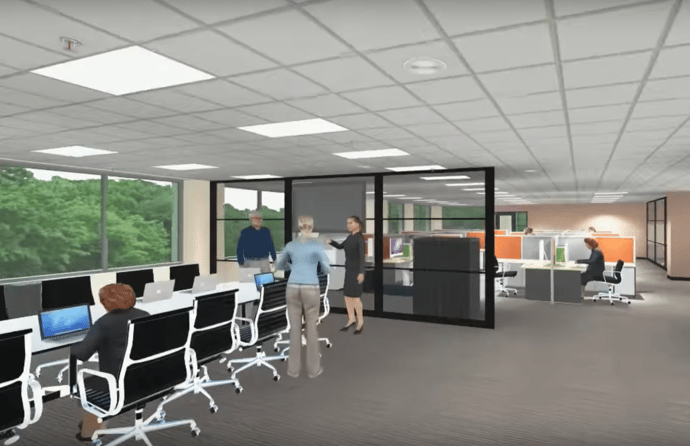
If this is all your budget allows, and all you need is a basic 3D blueprint, absolutely go for it. However, it may not pay off in the long run.
Basic to middle ground renderings bump up a little more to anywhere from a couple hundred per image, all the way to the lower thousands. These are excellent for mid-grade budgeting that actually yield results, and often look realistic.
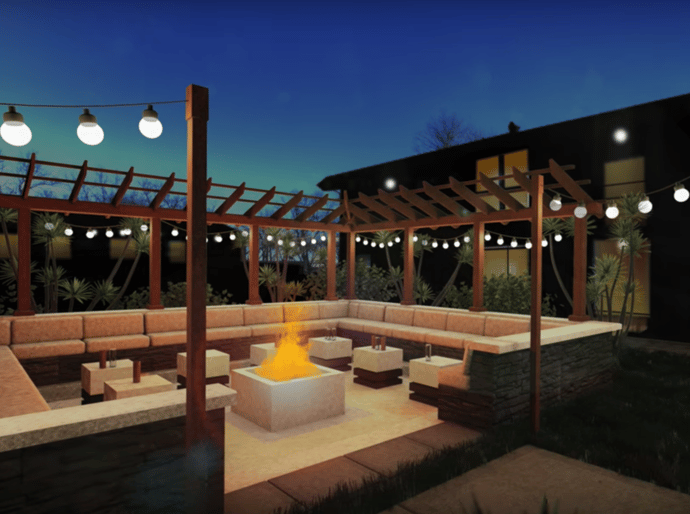
For those of you that want top-notch renderings so realistic it’s hard to even tell that they are renderings, be ready to throw down a couple thousand. Excluding packages, a single photorealistic image could go as high as $3,000 depending on the scope of the project. You’ll pay a higher premium for 360 renderings and 3D animations.
Often times this value is essential for large or established corporations who do have the budget, but the quality of these renderings can buy itself in signed leases.
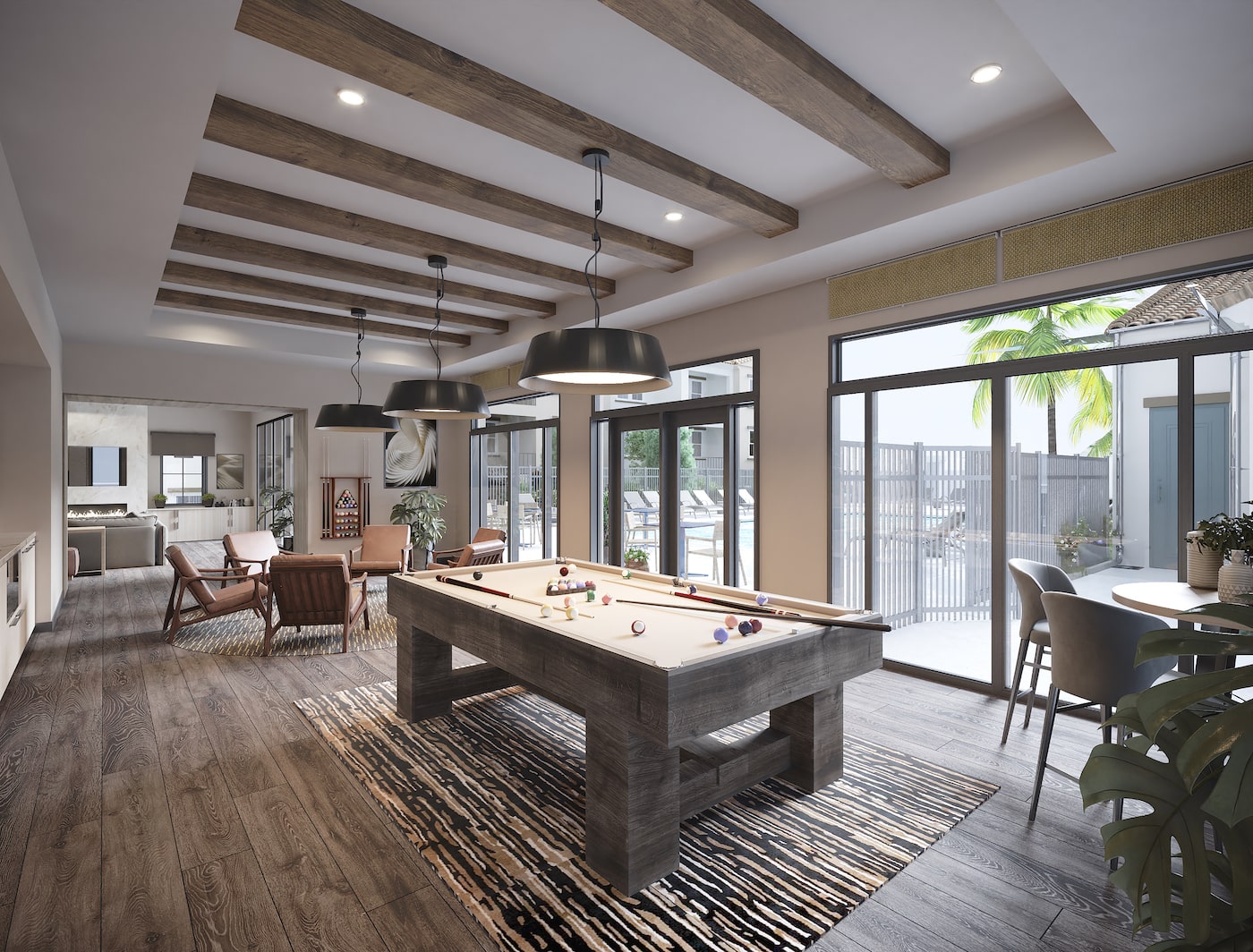
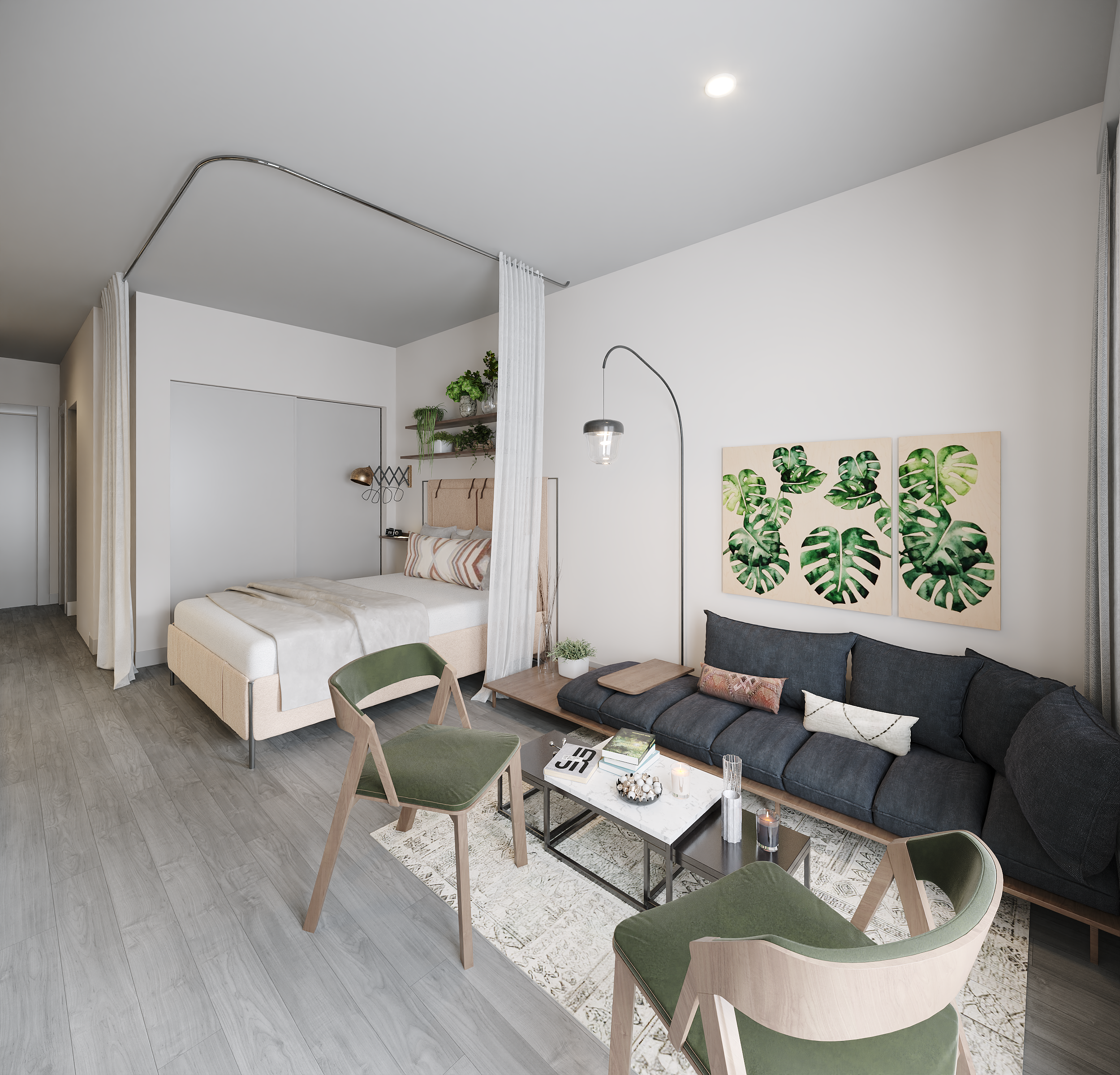
Overall, with renderings, you do get what you pay for. So if you’re going to do it, do it well.
To further the last point, let’s discuss authenticity.
As we stated, there are many tiers to the quality of 3D renderings, so saying they look fake is a bit of a blanket statement. To say they are misleading is hard to argue considering no business is trying to bait and switch renters with a cartoon version of a development.
Taking a look at the images above, some renderings can look obviously fake - which is why it’s important to research various portfolios before commissioning a project so you know what to expect.
Although not as lucrative as high-end renderings, having a 3D image of your future community can give renters at least the slightest idea of its outcome, which is what renters want in the long run.
No one visualizes their future home through blueprints or a cardboard replica. No one.
So even though not ideal, any 3D image can be way more beneficial to signing leases sight-unseen than a 2D image.
On the contrary, high-quality 3D renderings can be so photorealistic it’s hard to tell they’re even fake. And the effort put into each image without a doubt pays off.
In the end, everyone has a different opinion on 3D renderings in real estate and what quality is actually worth the investment, but what can’t be argued is the data showing they’re exactly what renters want to see during their search.
| Related: The Best 3D Rendering Examples That Will Take Your Breath Away
The thing is, there’s no such thing as a “short period of time” as far as real estate investments go. If it gets people signing leases, then it’s worth it.
Here’s why: high occupancy dictates your bottom line as well as your reputation and leasing calendar. It’s basically a leasing domino effect.
What we mean by this is, if you do well in the first year of your community opening its doors, and maintain an ideal occupancy, it’ll be easier to keep up with regular business. Essentially, you’ll build a stable reputation. And in real estate, it’s all about reputation.
Considering 54 percent of renters will not even look at a property unless it has virtual images, every single community needs to leverage truthful and detailed visuals -
Which leaves new construction with very few options.
Therefore, 3D renderings could literally make or break the opportunity for developments to convert leads.
As far as uses after a community opens its doors, there are plenty of additional 3D solutions that can be leveraged for sales and marketing purposes that’ll keep renderings an essential part of your strategy.
Between 3D virtual tours, virtual staging, and interactive site plans, potential prospects can receive a completely immersive 3D experience with real time availability tools that have overwhelmingly promised positive results.
Check out the snippet below of District at Chandler, a 3D animation that captures the true style and essence of what it will be like to live at this community.
Moral of the story is that it’s very rare to hear businesses complain about the effectiveness of their 3D renderings unless they’ve been botched - so as long as you find a good provider that has the experience, and are willing to make them an ongoing investment, there’s an excellent chance this digital tool will pay off for your lease-up percentages.
With all of the digital content providers out there, no one has to feel like they’re settling. As long as you do your research, and partner with a reputable company, the chances of you -or renters- not being satisfied with your 3D renderings is pretty slim.
And if this is something you believe your company could benefit from, be sure to get ahead of the competition by clicking here.
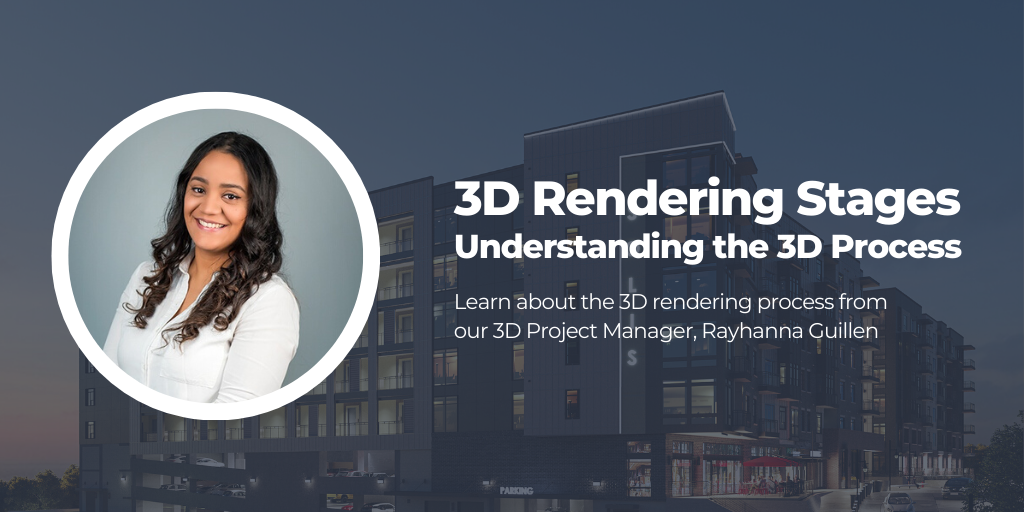
The use of 3D renderings is necessary in the development, pre-sell or pre-leasing stages of multifamily, senior living and many other industries. The...
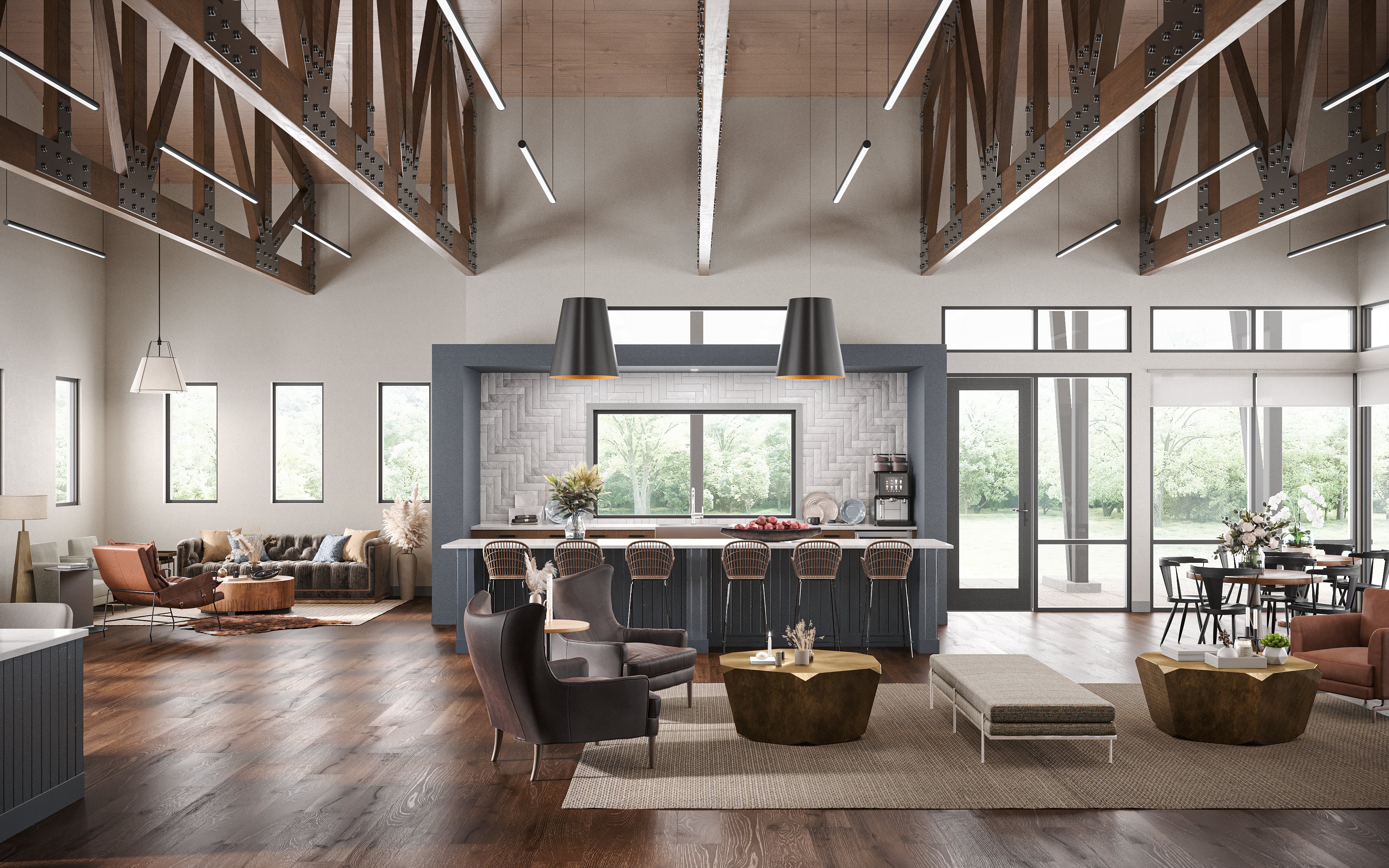
If you clicked on this, you probably have some knowledge or interest in 3D renderings for apartments.
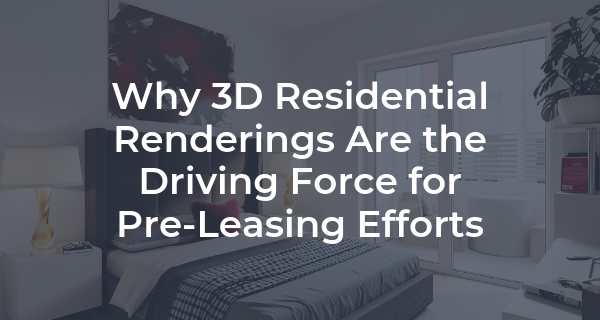
There is no better feeling than having signed tenants for your new community prior to its completion. To make that a reality, property owners must...